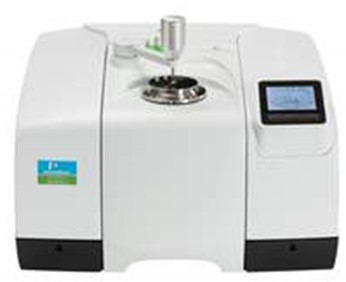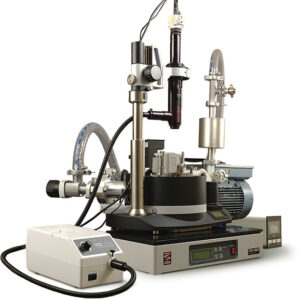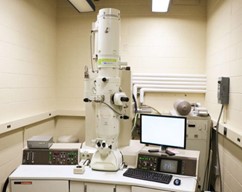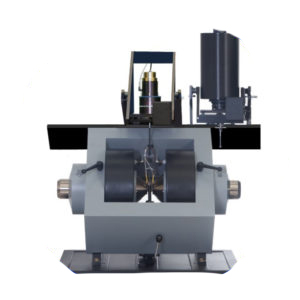Description
FT-IR spectrometer PerkinElmer 100 Optica-USA, bring that deep-seated experience to a new generation of infrared systems that are up to any challenge. Powerful and adaptable, our wide range of fourier transform infrared (FT-IR) and diode array (DA) spectrometers provide you accurate, reliable analytical results to meet all your current analysis needs and can be expanded as your goals evolve. Choose our market-leading infrared spectrometers and instrumentation with a low-maintenance design, intuitive software, and unrivalled flexibility for superior spectroscopic performance in demanding applications, including:
- Chemicals and Materials: Troubleshoot manufacturing problems; identify product contaminants; analyze fuels; gain deeper insights into the properties of novel and advanced materials.
- Pharmaceuticals: Analyze product formulations and package coatings; rapidly screen the quality of raw materials, intermediates and formulated products; qualify nutraceuticals.
- Food: compositional analysis of food products; screen for known and unknown adulterants.
- Environmental Safety: Accurately determine and monitor hydrocarbon levels in the environment.
Working principle of FTIR spectroscopy
FTIR is a technique used to obtain an infrared spectrum of absorption or emission of a solid, liquid, or gas. Here’s a simplified explanation of how it works:
- Infrared Radiation: In FTIR spectroscopy, an infrared (IR) radiation is passed through a sample. Some of the IR radiation is absorbed by the sample and some of it is passed through (transmitted).
- Molecular Vibrations: The absorbed IR radiation causes molecular vibrations, specifically rotations and vibrations within the molecules of the sample.
- Interferometer: The core component of an FTIR is the interferometer. It uses a beamsplitter to divide the IR radiation into two paths. One path is fixed, while the other path’s length is varied by moving a mirror.
- Interference: As the moving mirror changes position, it creates a difference in the path length of the two beams. When the two beams are recombined, they interfere with each other, creating an interferogram.
- Fourier Transformation: This interferogram contains all the IR frequencies combined into one complex signal. A mathematical process called Fourier Transformation is applied to this signal to separate out the individual frequencies.
- Spectrum Generation: The result is a spectrum that represents the molecular fingerprint of the sample. Each molecule has a unique combination of atoms and bonds, and thus, a unique IR spectrum.
- Analysis: The spectrum can be used to identify the material (qualitative analysis) because no two unique molecular structures produce the same IR spectrum. It can also be used to determine the amount of material present (quantitative analysis).
FTIR spectroscopy is advantageous because it can measure all the IR frequencies simultaneously, making the process much faster compared to traditional methods. It’s widely used in various fields such as organic synthesis, polymer science, petrochemical engineering, pharmaceuticals, and food analysis
If you’re working on materials science or nanotechnology, FTIR can be particularly useful for studying the molecular structure and composition of different materials, including nanoparticles. It can help in understanding the surface chemistry of nanomaterials, which is crucial for applications like drug delivery systems and functional coatings.





